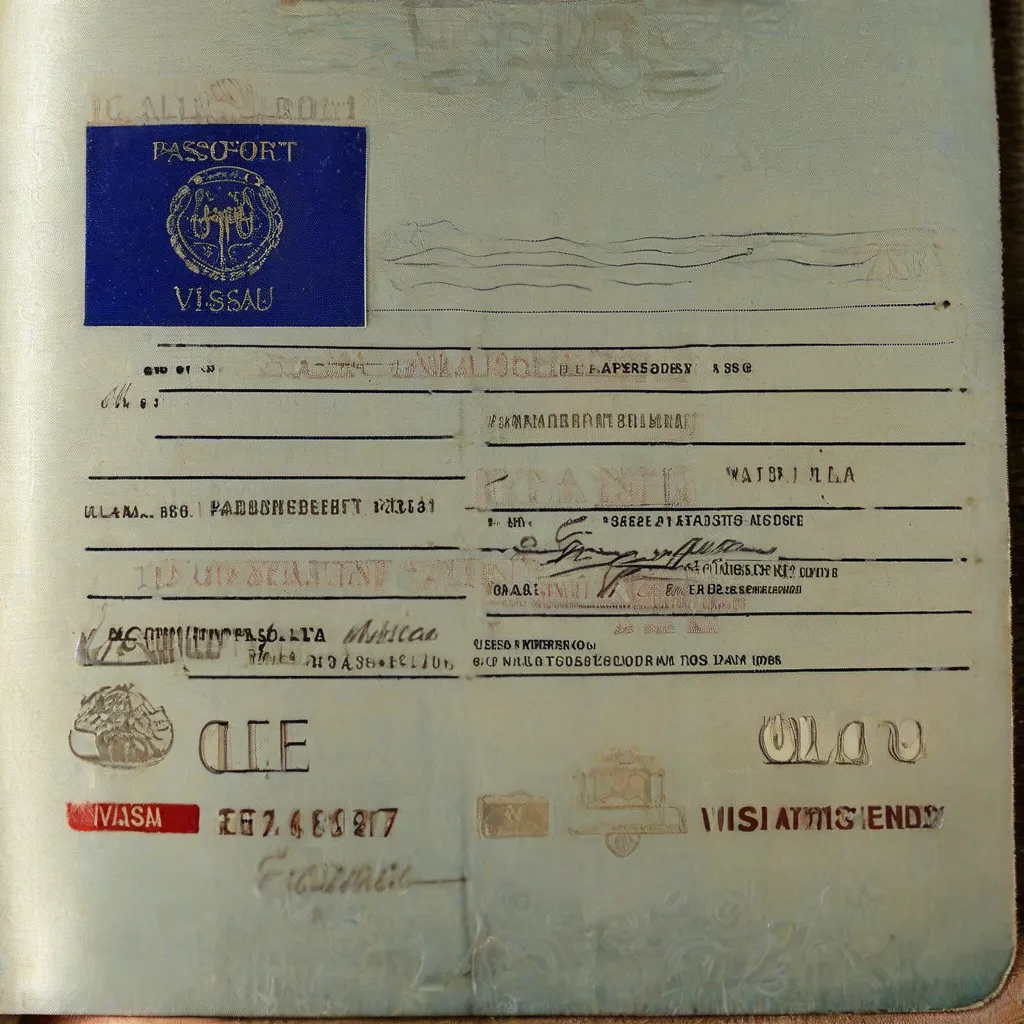Planning a dream trip to Italy, home of ancient ruins, Renaissance masterpieces, and mouthwatering pasta? Before you pack your bags and book your flight, you might be wondering “Do I need a visa to travel to Italy?” Well, the answer, like a perfect plate of spaghetti alle vongole, depends! Let’s dive in and explore the details.
Understanding the Schengen Area & Visa Requirements
Italy is a proud member of the Schengen Area, a zone of 26 European countries that have abolished passport and border control at their mutual borders. This means you can travel freely between these countries without a separate visa.
Who Needs a Schengen Visa?
If you’re a citizen of a country that does not have a visa-free agreement with the Schengen Area, you’ll need to apply for a Schengen Visa to enter Italy. This applies to both tourist and business travel.
Who Doesn’t Need a Schengen Visa?
Citizens of many countries, including the United States, Canada, Australia, and New Zealand, can enter Italy and the Schengen Area for up to 90 days within a 180-day period without a visa. This is ideal for short stays, sightseeing adventures, and experiencing the magic of cities like Rome, Florence, and Venice.
Pro Tip from Travel Expert, Alessandro Rossi, author of “Navigating Europe: A Traveler’s Guide”: “Even if you don’t need a visa for short stays, make sure your passport is valid for at least six months beyond your planned departure date from the Schengen Area.”
 Visa Requirements for Italy
Visa Requirements for Italy
How to Apply for a Schengen Visa for Italy
If you require a Schengen Visa, you’ll need to gather the necessary documents and apply through the Italian embassy or consulate in your home country.
General requirements often include:
- Completed visa application form
- Valid passport
- Travel insurance with a minimum coverage of 30,000 Euros
- Proof of accommodation (hotel bookings, rental agreements)
- Flight itinerary
- Proof of sufficient funds for the duration of your stay
- Travel itinerary outlining your planned activities in Italy
Traveling to Italy with the ETIAS (Coming Soon!)
From 2026 onwards, citizens of visa-exempt countries will need to apply for an ETIAS (European Travel Information and Authorisation System) travel authorization before traveling to Italy and the Schengen Area. This pre-travel screening process aims to enhance security and streamline border crossings. The ETIAS will be valid for multiple entries within a three-year period.
Tips for a Smooth Journey to Italy
- Check your visa requirements well in advance.
- Apply for your visa early to allow ample processing time.
- Make photocopies of important documents, including your passport and visa.
- Ensure you have adequate travel insurance to cover any unexpected events.
- Research Italian customs and etiquette to enhance your travel experience.
 Packing for Italy
Packing for Italy
Frequently Asked Questions
Q: Can I extend my 90-day stay in Italy?
A: Extending your stay beyond the 90-day limit is generally not possible. You’ll need to leave the Schengen Area and can re-enter after 90 days have passed since your initial entry.
Q: Can I work in Italy on a tourist visa?
A: No, you cannot work in Italy on a tourist visa. You’ll need to apply for a specific work visa.
Q: What is the best time to visit Italy?
A: Italy has something to offer year-round, but spring (April-May) and fall (September-October) are often considered the best times to visit, offering pleasant weather and fewer crowds.
Discover the Magic of Italy with Travelcar.edu.vn
Planning a trip to Italy can be exciting, but navigating visa requirements might seem daunting. We’re here to help! Check out our comprehensive resources on travelcar.edu.vn for detailed information, tips, and advice on all things travel-related, including travel medical insurance.
From the Colosseum in Rome to the canals of Venice and the rolling hills of Tuscany, Italy awaits with open arms. So, pack your bags, grab your passport, and get ready for an unforgettable adventure!
Have you traveled to Italy before? Share your experiences in the comments below!
